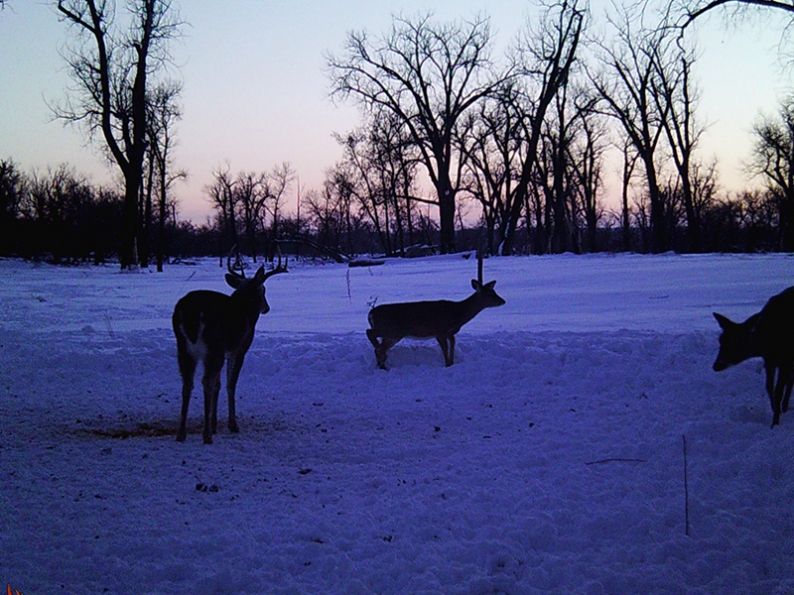
Kevin Kading, private land section leader for the State Game and Fish Department, said harsh winters often generate conversations and questions about feeding wildlife, particularly deer and pheasants.
“The Department does not promote winter feeding and does not have a winter feeding program,” Kading said. “We recognize that many people care deeply about wildlife and it can be difficult to watch nature play out, but feeding operations, good intentions and all, can actually do more harm for wildlife than good.”
Supplemental winter feeding does not benefit entire populations, Kading said. Individual and smaller groups of animals may receive some benefit from feeding, but feeding can also result in negative consequences such as congregating animals, drawing animals in from long distances and away from good winter cover, increased predation, disease concerns, spreading of noxious weeds and feeding costs.
“Poorly conducted feeding operations can actually kill more animals than what they are intended to help,” Kading said. “For example, feeding animals on or near roadways can lead to wildlife-vehicle collisions. Providing feed such as corn, which is high in sugar and starch, can lead to acidosis, rumentis and ultimately death. And even individuals with the best of intentions, who start feeding wildlife early in winter, often end up quitting due to the amount of time and expense required, which can result in the loss of animals that become dependent on the feed.”
Wildlife rarely die from starvation in severe winters, Kading said, but it’s not uncommon for animals to die in these extreme conditions from exposure to cold weather. Therefore, Game and Fish promotes habitat development that can provide critical winter thermal cover, and food plots should be considered and planted near adequate winter cover.
“One alternative to feeding wildlife is for individuals, landowners or wildlife clubs to plow open areas of harvested grain or row crop fields to allow animals to gain access to waste grains,” Kading said. “These areas are also the first areas to melt off when we get a break in the weather.”